Extra high superoxide dismutase in host tissue is associated with
Por um escritor misterioso
Last updated 20 setembro 2024
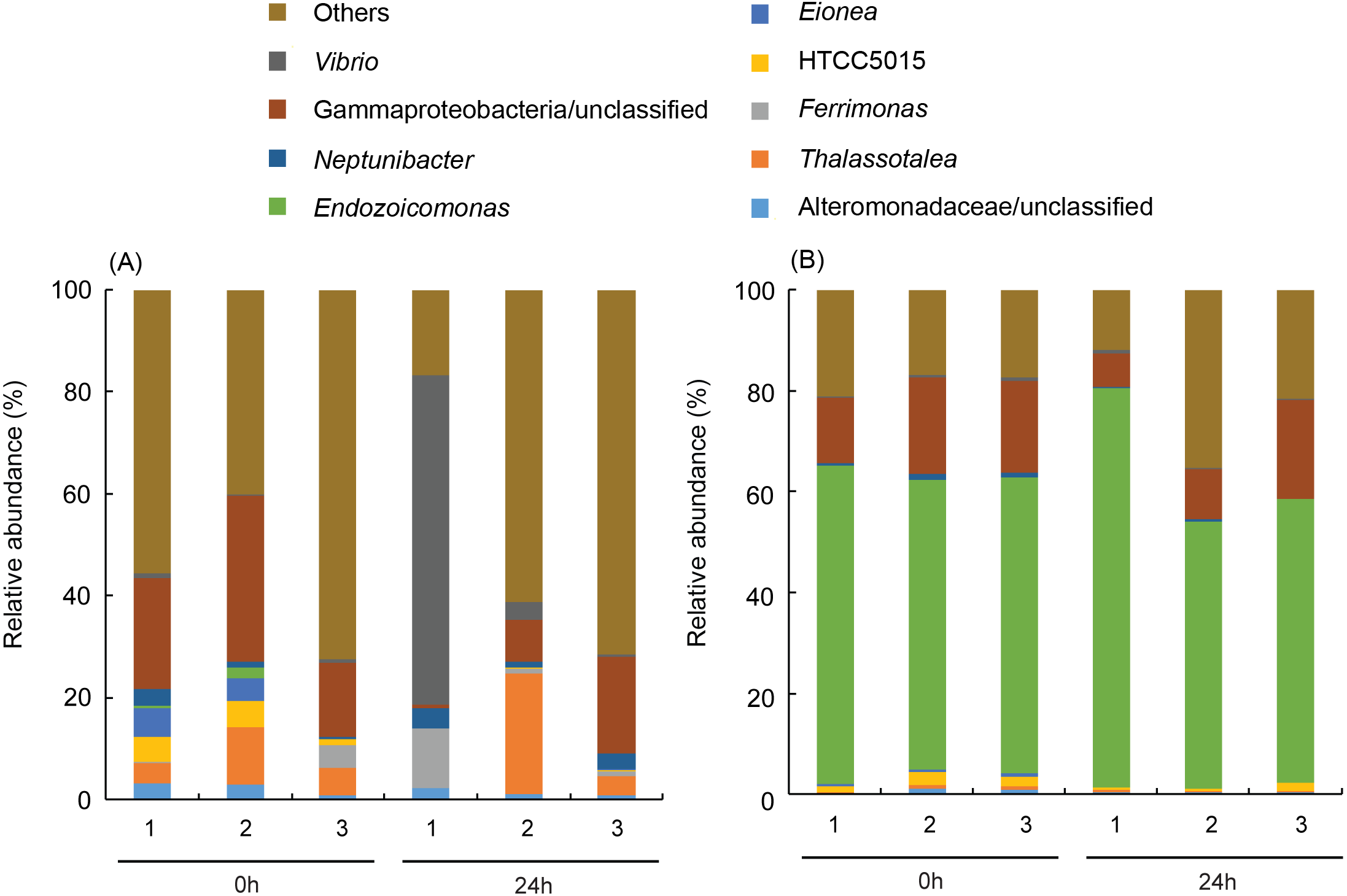
Global warming threatens reef-building corals with large-scale bleaching events; therefore, it is important to discover potential adaptive capabilities for increasing their temperature resistance before it is too late. This study presents two coral species (Platygyra verweyi and Isopora palifera) surviving on a reef having regular hot water influxes via a nearby nuclear power plant that exhibited completely different bleaching susceptibilities to thermal stress, even though both species shared several so-called “winner” characteristics (e.g., containing Durusdinium trenchii, thick tissue, etc.). During acute heating treatment, algal density did not decline in P. verweyi corals within three days of being directly transferred from 25 to 31 °C; however, the same treatment caused I. palifera to lose < 70% of its algal symbionts within 24 h. The most distinctive feature between the two coral species was an overwhelmingly higher constitutive superoxide dismutase (ca. 10-fold) and catalase (ca. 3-fold) in P. verweyi over I. palifera. Moreover, P. verweyi also contained significantly higher saturated and lower mono-unsaturated fatty acids, especially a long-chain saturated fatty acid (C22:0), than I. palifera, and was consistently associated with the symbiotic bacteria Endozoicomonas, which was not found in I. palifera. However, antibiotic treatment and inoculation tests did not support Endozoicomonas having a direct contribution to thermal resistance. This study highlights that, besides its association with a thermally tolerable algal symbiont, a high level of constitutive antioxidant enzymes in the coral host is crucial for coral survivorship in the more fluctuating and higher temperature environments.
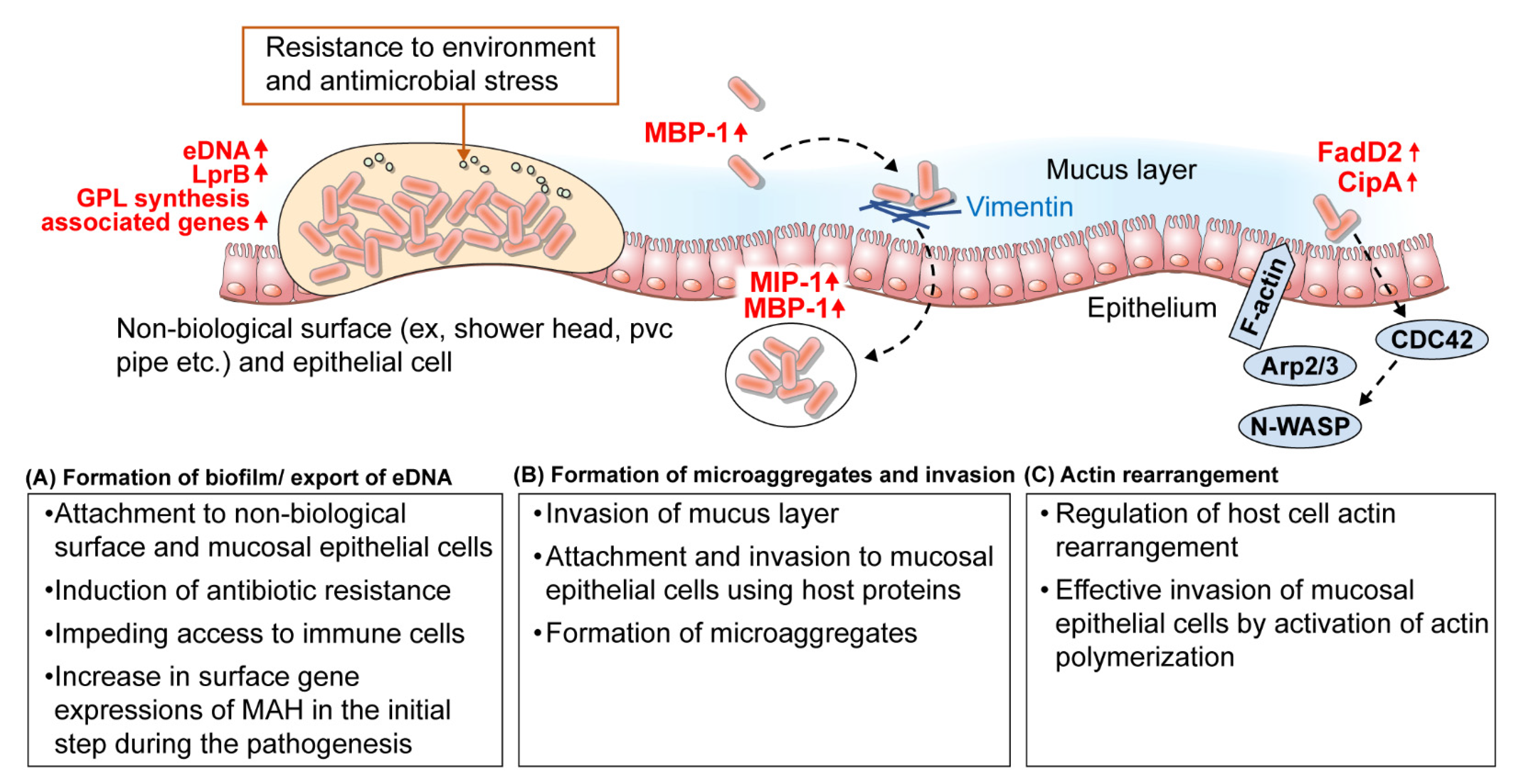
IJMS, Free Full-Text
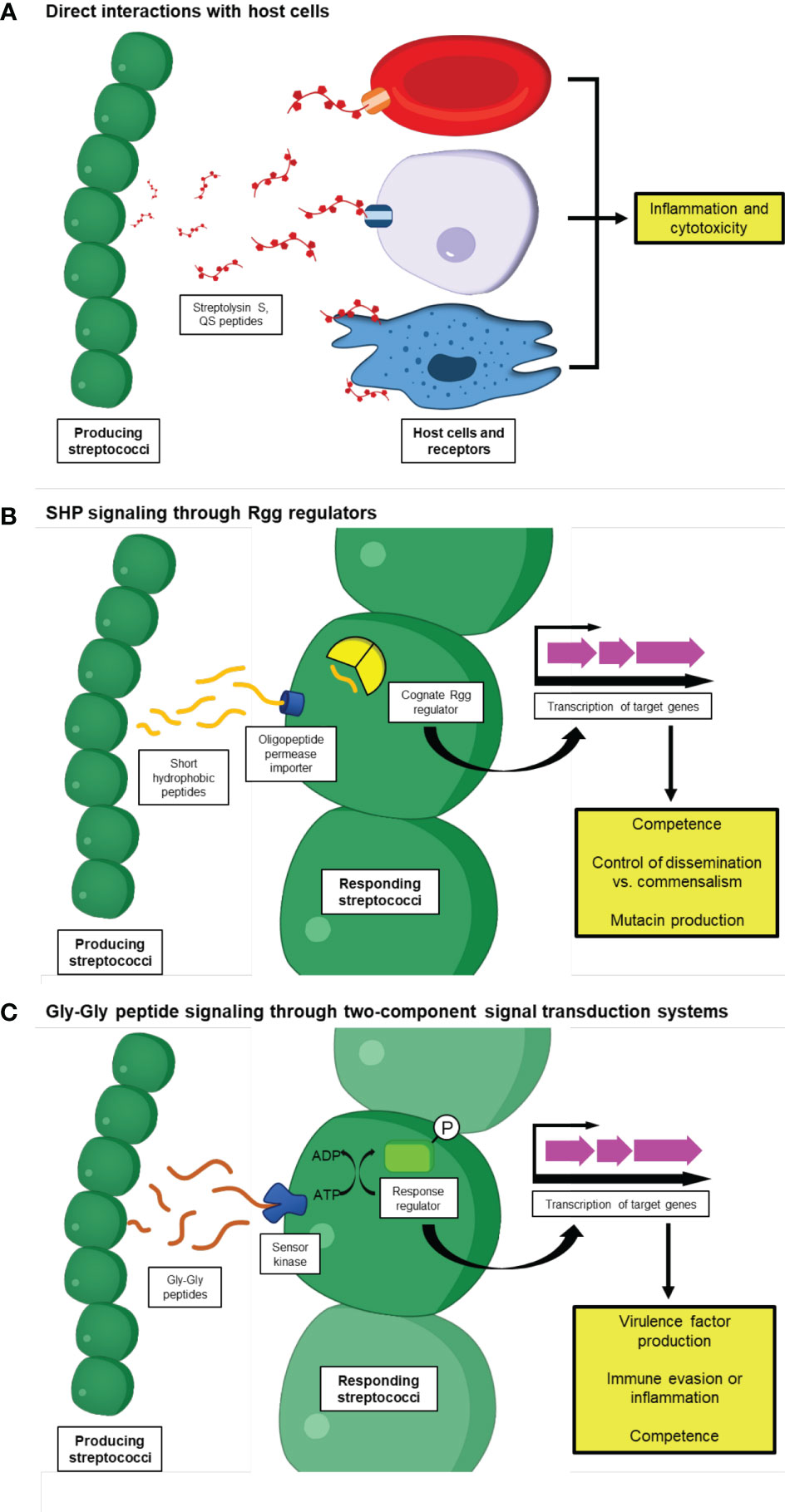
Frontiers Streptococcal peptides and their roles in host-microbe interactions

The family of SOD enzymes in microbial pathogens. In a gram-negative

Isoliquiritigenin attenuates high-fat diet-induced intestinal damage by suppressing inflammation and oxidative stress and through activating Nrf2 - ScienceDirect
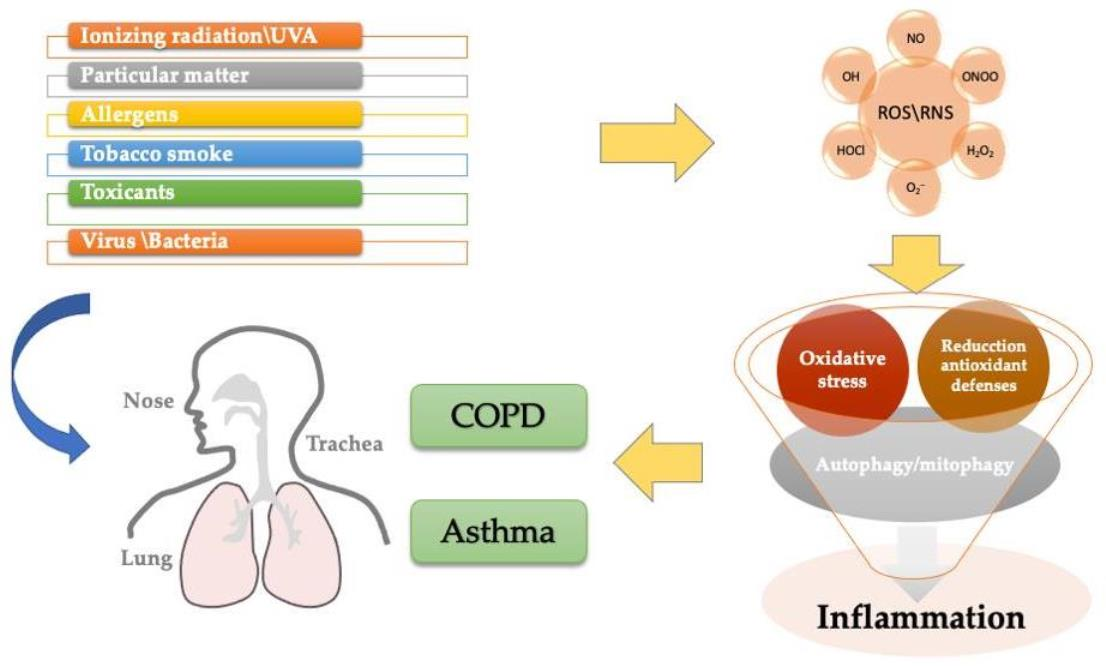
Antioxidants, Free Full-Text

Insights into host–pathogen interactions from state‐of‐the‐art animal models of respiratory Pseudomonas aeruginosa infections - Lorenz - 2016 - FEBS Letters - Wiley Online Library
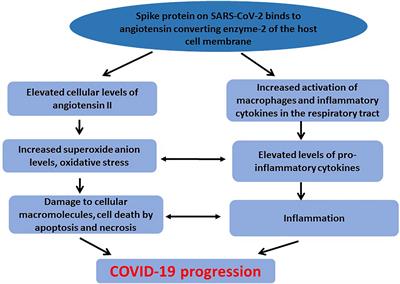
Frontiers Metabolic Implications of Oxidative Stress and Inflammatory Process in SARS-CoV-2 Pathogenesis: Therapeutic Potential of Natural Antioxidants

Synthetic Analogues of Nickel Superoxide Dismutase: A New Role for Nickel in Biology
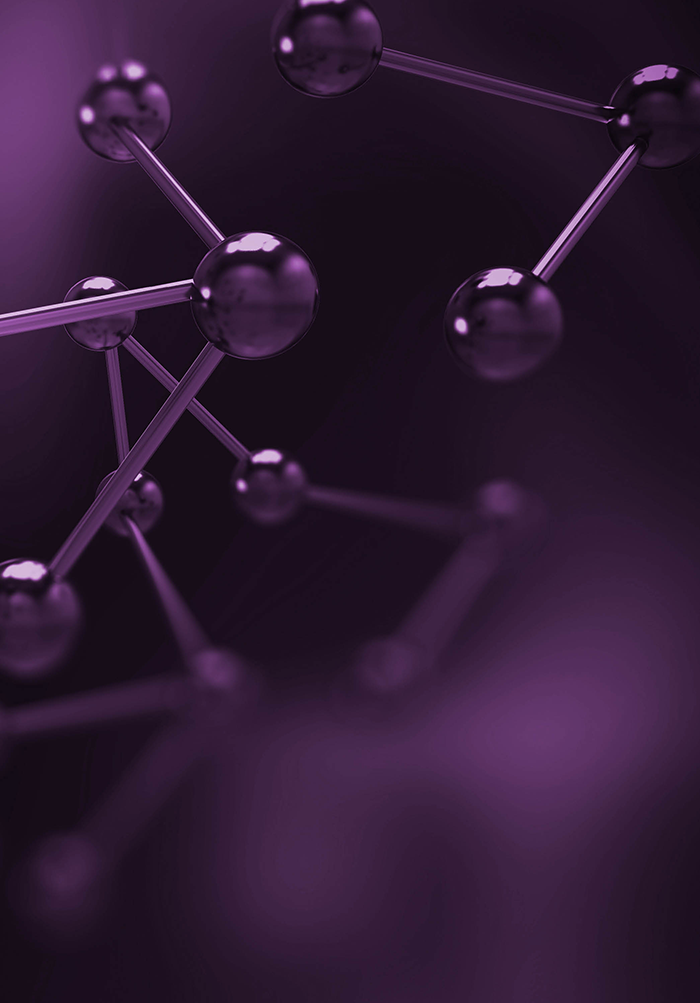
Superoxide Dismutase: A Key Enzyme for the Survival of Intracellular Pathogens in Host

Expression of superoxide dismutase (SOD) in the kidney after gene
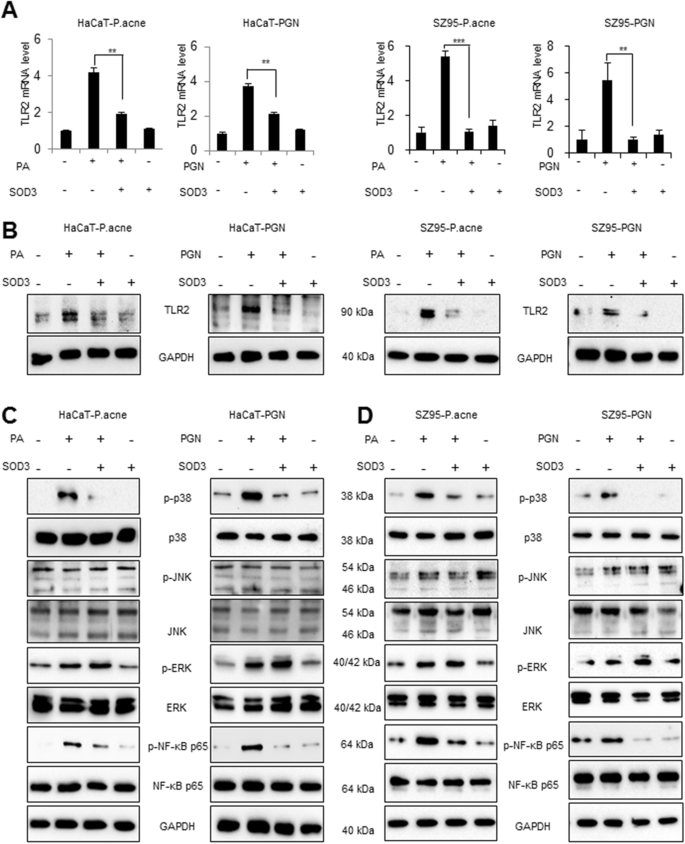
Inhibitory effects of superoxide dismutase 3 on Propionibacterium acnes-induced skin inflammation

Multi-omics analyses reveal bacteria and catalase associated with keloid disease - eBioMedicine

Vectors carrying epimastigotes infect wildlife host species.

Mediators of redox homeostasis during the metabolism of O2⁻. Superoxide
Recomendado para você
-
Envie seu currículo para o e-mail: - Control Construções20 setembro 2024
-
 EDU34450A Multímetro Digital - Smart Bench Essentials20 setembro 2024
EDU34450A Multímetro Digital - Smart Bench Essentials20 setembro 2024 -
 Epigenetic plasticity enables copepods to cope with ocean20 setembro 2024
Epigenetic plasticity enables copepods to cope with ocean20 setembro 2024 -
:strip_icc()/s02.video.glbimg.com/x720/11626805.jpg) Campinas faz feira com 600 vagas de emprego e cursos20 setembro 2024
Campinas faz feira com 600 vagas de emprego e cursos20 setembro 2024 -
/i.s3.glbimg.com/v1/AUTH_59edd422c0c84a879bd37670ae4f538a/internal_photos/bs/2021/j/L/hdHHZKSGSrh23nTIZDtw/electrician-2755683-1920.jpg) Veja as vagas de emprego do SineBahia para Salvador e Lauro de20 setembro 2024
Veja as vagas de emprego do SineBahia para Salvador e Lauro de20 setembro 2024 -
 Robotics20 setembro 2024
Robotics20 setembro 2024 -
 Concurso IBGE: bancas contratadas anunciam editais; 7.873 vagas20 setembro 2024
Concurso IBGE: bancas contratadas anunciam editais; 7.873 vagas20 setembro 2024 -
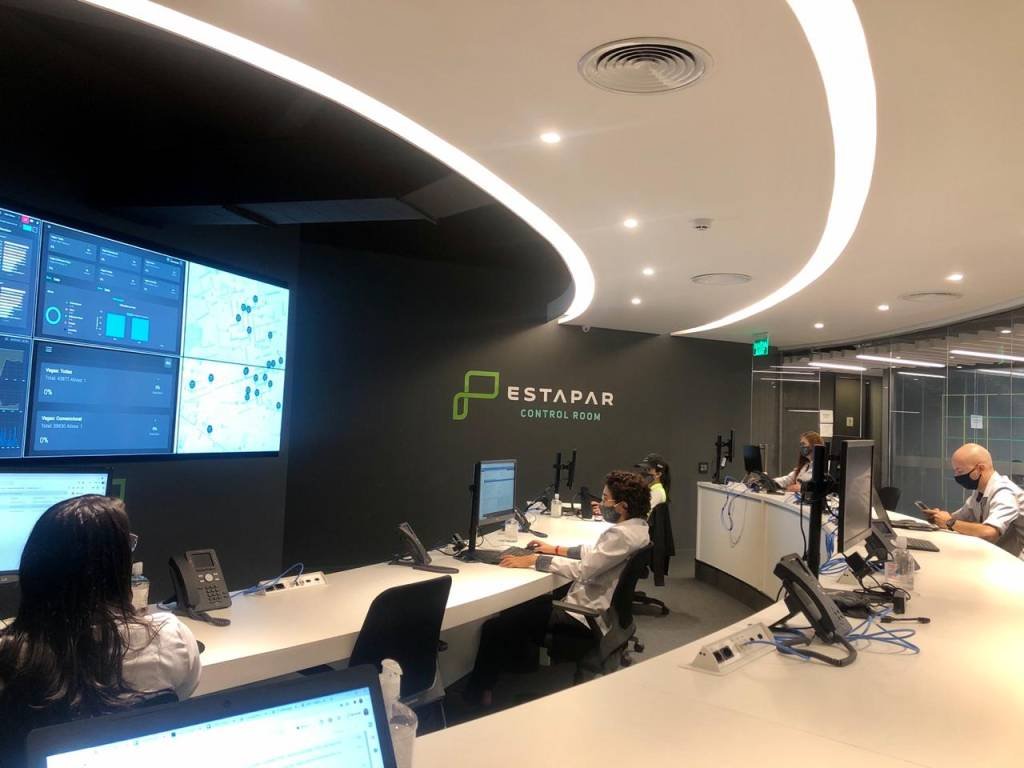 Estapar assume Zona Azul paulista e digitaliza do cartão à20 setembro 2024
Estapar assume Zona Azul paulista e digitaliza do cartão à20 setembro 2024 -
:strip_icc()/i.s3.glbimg.com/v1/AUTH_59edd422c0c84a879bd37670ae4f538a/internal_photos/bs/2022/B/K/yqAxBIRBaCbDqUP0Td8w/vagas-de-emprego-aguas-cuiaba.png) Águas Cuiabá abre 23 vagas de emprego com salários de até R$ 3.67220 setembro 2024
Águas Cuiabá abre 23 vagas de emprego com salários de até R$ 3.67220 setembro 2024 -
/i.s3.glbimg.com/v1/AUTH_59edd422c0c84a879bd37670ae4f538a/internal_photos/bs/2022/u/Z/e4BCemR9K1Joi88ZKATA/nicolas-personagem.jpeg) Jovem relata dificuldades na busca do 1º emprego: 'Preciso de20 setembro 2024
Jovem relata dificuldades na busca do 1º emprego: 'Preciso de20 setembro 2024
você pode gostar
-
 KIT 12 Baralho Espanhol para Jogar Truco, Canastra, Cacheta20 setembro 2024
KIT 12 Baralho Espanhol para Jogar Truco, Canastra, Cacheta20 setembro 2024 -
 Manchester City x Arsenal: Onde assistir, horário, escalações e desfalques do jogo da Copa da Inglaterra20 setembro 2024
Manchester City x Arsenal: Onde assistir, horário, escalações e desfalques do jogo da Copa da Inglaterra20 setembro 2024 -
 Premier League mostra que 'muitos acréscimos' ficaram no Qatar e que houve exagero na Copa do Mundo20 setembro 2024
Premier League mostra que 'muitos acréscimos' ficaram no Qatar e que houve exagero na Copa do Mundo20 setembro 2024 -
Mad Rats - Confira o Slip On na @territorioalternativo20 setembro 2024
-
 Kimetsu no Yaiba 3: Katanakaji no Satohen - Episódio 9 - Animes Online20 setembro 2024
Kimetsu no Yaiba 3: Katanakaji no Satohen - Episódio 9 - Animes Online20 setembro 2024 -
 Carrinho Hot Wheels Thrill Racers 5 Unidades - Mattel em Promoção na Americanas20 setembro 2024
Carrinho Hot Wheels Thrill Racers 5 Unidades - Mattel em Promoção na Americanas20 setembro 2024 -
 PlayStation Plus: Estes são os jogos de fevereiro para PS5 e PS4 - 4gnews20 setembro 2024
PlayStation Plus: Estes são os jogos de fevereiro para PS5 e PS4 - 4gnews20 setembro 2024 -
 MATTEL on X: 😀 😉 😘 😎 😋 It's World Smile Day! 🙂 Did you know20 setembro 2024
MATTEL on X: 😀 😉 😘 😎 😋 It's World Smile Day! 🙂 Did you know20 setembro 2024 -
 How to Best Prepare for Your Next Role-play20 setembro 2024
How to Best Prepare for Your Next Role-play20 setembro 2024 -
![Tartaruga Ninja Verde PNG Transparente [download] - Designi](https://www.designi.com.br/images/preview/11492903-m.jpg) Tartaruga Ninja Verde PNG Transparente [download] - Designi20 setembro 2024
Tartaruga Ninja Verde PNG Transparente [download] - Designi20 setembro 2024

